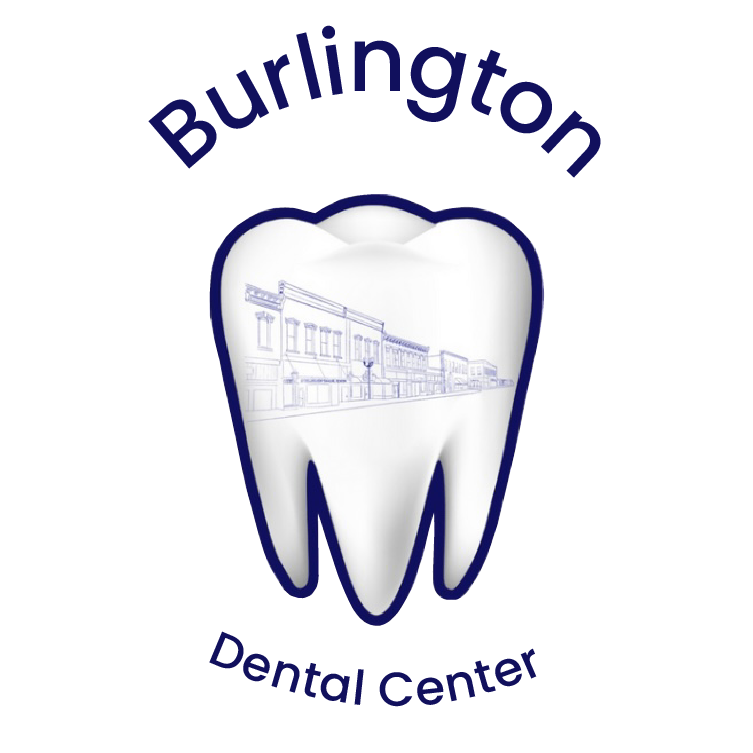Gum grafting is a common dental procedure that helps to restore the health and appearance of your gums. After undergoing this procedure, it's crucial to follow a specific diet to ensure optimal healing and recovery.
This article provides comprehensive guidance on what to eat after a gum graft.
Quick Answer: What to Eat After a Gum Graft?
Post-gum graft, your diet significantly impacts healing.
Focus on soft, nutrient-rich foods (bananas, pears, avocados, etc.) to promote recovery and minimize discomfort.
Incorporate protein-rich foods like scrambled eggs, tofu, and cottage cheese, which are essential for tissue repair.
Opt for soft protein sources (beans, eggs, hummus, fish, etc.) over tough meats.
Include vitamin A and C-rich foods like sweet potatoes, carrots, spinach, bell peppers, and strawberries, avoiding hard or raw variants.
Steer clear of hard, crunchy foods (like nuts and chips), spicy, and acidic foods that can irritate the graft site.
Hydration is crucial, so drink plenty of water, but avoid hot, alcoholic, and caffeinated beverages which can hinder healing.
The goal is to support healing and reduce discomfort, so stick to a soft diet until your dentist advises otherwise. Always consult with your healthcare provider for tailored dietary advice post-surgery.
Nutrition and Gum Graft Healing
The healing process after a gum graft can be significantly influenced by your diet. Consuming the right nutrients can accelerate healing and reduce discomfort, while certain foods can cause irritation and slow down recovery.
Protein, for instance, is essential for tissue repair.
Vitamins A and C are also crucial as they boost the immune system and aid in collagen production, a protein that forms the structure of your gums.
On the other hand, hard, crunchy, or spicy foods can irritate the graft site and should be avoided.
Recommended Foods After a Gum Graft
Protein-Rich Foods
Protein is a vital nutrient for healing as it aids in tissue repair. Soft protein-rich foods that are easy to chew and swallow are ideal after a gum graft. Examples include scrambled eggs, tofu, and cottage cheese. Protein shakes and smoothies are also excellent choices as they require no chewing.
It's important to note that while meat is a good source of protein, it can be hard to chew and may cause discomfort. Therefore, opt for softer options like fish or thoroughly cooked chicken that can be easily shredded.
Vitamin-Rich Foods
Vitamin A aids in the production of white blood cells, which are essential for fighting infections. Foods rich in vitamin A include sweet potatoes, carrots, and spinach. However, these should be cooked until soft to avoid irritation.
Vitamin C is crucial for collagen production. Citrus fruits are a good source of vitamin C, but they can be acidic and cause discomfort. Instead, opt for non-acidic sources like bell peppers or strawberries, which can be blended into a smoothie for easier consumption.
Foods to Avoid After a Gum Graft
Hard and Crunchy Foods
Hard and crunchy foods can cause discomfort and potentially damage the graft site. Foods like nuts, popcorn, and chips should be avoided until your gums have fully healed.
Additionally, avoid foods that require a lot of chewing, such as steak or raw vegetables. These can put unnecessary strain on your gums and slow down the healing process.
Spicy and Acidic Foods
Spicy foods can cause irritation and discomfort to the graft site. Similarly, acidic foods like citrus fruits or tomatoes can also cause discomfort. It's best to avoid these types of foods until your gums have fully healed.
Remember, the goal is to promote healing and minimize discomfort. Therefore, it's best to stick to a diet of soft, nutritious foods until your dentist gives you the all-clear to return to your regular diet.
Hydration and Gum Graft Healing
Staying hydrated is crucial for healing. Water aids in the production of saliva, which helps to keep the mouth clean and reduce the risk of infection. Aim to drink at least eight glasses of water per day.
Avoid hot drinks as they can cause discomfort. Similarly, avoid alcohol and caffeine as they can dehydrate you and slow down the healing process.
Final Thoughts
Following a gum graft, your diet plays a significant role in your recovery. By consuming soft, nutritious foods and avoiding hard, crunchy, or spicy foods, you can promote healing and minimize discomfort.
Remember to stay hydrated and avoid hot, alcoholic, or caffeinated drinks. Always consult with your dentist or a nutritionist for personalized advice.
FAQs
How long after gum graft can you eat normally?
The timeline for returning to a normal diet varies depending on the individual's healing process, but generally, you can start reintroducing normal foods about two weeks after the surgery. However, it's essential to proceed cautiously and avoid foods that are too hard, crunchy, or chewy until your dentist confirms that the graft has fully healed, which can take several weeks.
What helps gum grafts heal faster?
To promote faster healing of gum grafts, maintain good oral hygiene, consume a diet rich in vitamins and proteins, avoid smoking, and limit physical activity immediately following the procedure. It's also important to follow your dentist's post-operative care instructions, such as using any prescribed mouth rinses and avoiding brushing the graft site directly until it has healed.
Can I eat eggs after gum graft?
Yes, eggs are a great option after a gum graft. They are rich in protein and can be prepared in a soft form, like scrambled or boiled, making them gentle on the graft site.
Can I eat pizza after gum graft?
It's best to avoid pizza immediately after a gum graft, as the crust can be hard and chewy, which may disrupt the graft site. You should wait until your dentist advises that your mouth has healed sufficiently, typically a few weeks after the procedure, before trying pizza again. When you do reintroduce it, start with a soft-crust pizza and eat cautiously.
What can I eat 2 weeks after gum graft?
Two weeks after a gum graft, you can generally start to incorporate more varied foods into your diet, including soft bread, cooked vegetables, pasta, rice, and tender meats like chicken or fish. You should still avoid very hard, crunchy, or sticky foods. It's always best to follow the specific dietary advice given by your dentist, as individual healing rates can vary.
* Though the author of this post is a licensed dentist in the state of Kansas, this information is provided for informational and educational purposes only. Please use your best judgment and contact emergency medical services in the event of an emergency.

